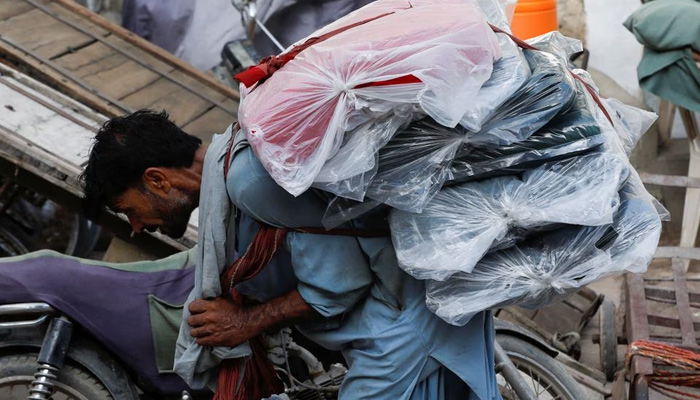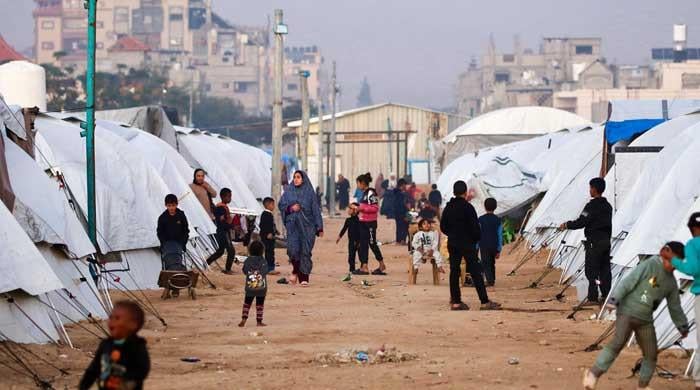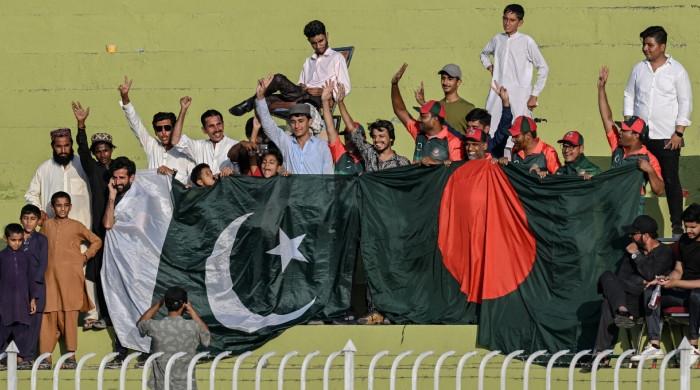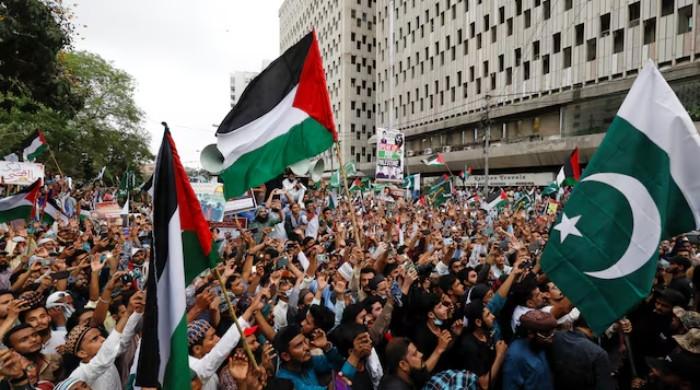IMF report: Tough choices, grim outlook
Recently released IMF Staff Report provides insights that may concern particularly those preparing to rule Pakistan
July 20, 2023

With every IMF programme or review comes a report that sheds light on the state of the economy, providing economic analysts and the public with insights and data about what to expect in the near- and medium-term.
The recently released IMF staff report on Pakistan provides these insights, painting a picture that should be of concern to all, in particular those preparing to rule over the Islamic Republic in the months to come.
While the report has a lot of detail on a variety of economic topics, three broad themes stand out: Pakistan faces significant economic risks, particularly as they relate to external financing needs; the overall space to spur growth will be extremely constrained; and the country requires wholesale reforms in its energy sector.
On the broader economic risks, the IMF states that “elevated gross financing needs continue to pose high risks to debt sustainability” and given these issues, “the overall risk of sovereign stress is high” for the economy.
The data shared in the report suggests that gross external financing needs will be over $80 billion in the next three years. What is even more concerning is that these numbers are on the rosier side — primarily because the IMF assumes a rather manageable current account deficit.
Should this deficit go up, the external financing needs would increase rather dramatically, thereby exacerbating external financing needs.
A closer look at the numbers in the report suggests that a higher current account deficit is likely and can be caused by higher energy prices, lower exports, or a government keen to generate a spurt of growth to gain some political capital.
The IMF also recognizes this risk, which is why it states in the report that this Stand-by Arrangement is “tailored to leave space to the new government to embark on a new program, if it so wishes, enhancing ownership.”
This basically means that austerity is going to be the name of the game for the foreseeable future and if ruling elites in Islamabad and Rawalpindi fail to maintain a prudent macroeconomic framework, the economy may continue its downward spiral and Pakistan may require debt restructuring.
It is for this reason that economic growth over the near- and medium-term will be extremely difficult to generate.
The IMF projects that the country will have to maintain a tighter monetary policy, stating that “the SBP will need to continue its tightening cycle to re-anchor expectations given that inflationary pressures are expected to persist” in the next few months.
The IMF also is critical of the SBP’s performance over the last few months, stating that the central bank “lacked clarity” as economic pressures mounted.
Given that the cost of capital is likely to remain elevated, one can safely assume that the ability of the private sector to borrow and invest will also be curtailed.
In addition, a sovereign burdened by higher interest payments – the sovereign is the largest borrower in the country — will not have the space to spend money and generate growth. In addition, the IMF expects spending cuts of about 3.5% of GDP, an extremely tall ask for any government.
Finally, the IMF sheds light on the crisis in the country’s energy sector, stating that circular debt in the power sector has crossed Rs2.5 trillion, while the circular debt in the gas sector “is now almost on par with that in the power sector.”
It must be stated here that the IMF’s assessment of the gas sector is based on “partially available data,” meaning that the scale of the problem in the energy sector could be much more significant.
Solving this will require wholesale reforms, including privatisation of distribution companies.
In addition, it will force the government to raise tariffs, thereby feeding inflation, taming growth, reducing purchasing power, and lengthening the time horizon for a tighter monetary policy.
For the ordinary citizen, this assessment of the state of the economy and its future trajectory is a terrible omen.
Devastated by sky-high inflation, rising unemployment, and climate catastrophes, Pakistan’s ordinary households should not expect any respite in the coming years.
For the ruling elite, the challenge will be to walk a tightrope that delivers another IMF programme, maintain a grip on power, and push through reforms that have eluded the country for decades.
Even in a best-case scenario where the country enters into a new IMF programme in late-2023 or early-2024, ruling elites will have their work cut out for them.
Those at the helm of affairs will have to explain to the populace why, after almost five years of economic and political chaos, they must be willing to sacrifice some more for the betterment of the nation.
The ruling classes may finally find out that without sacrificing their own wealth and riches — some $17.5 billion a year are provided to them in handouts — they may be unable to keep the country and its economy afloat.
The writer is director of the Pakistan Initiative at the Atlantic Council, a think tank based in Washington DC.
Originally published in The News









